News
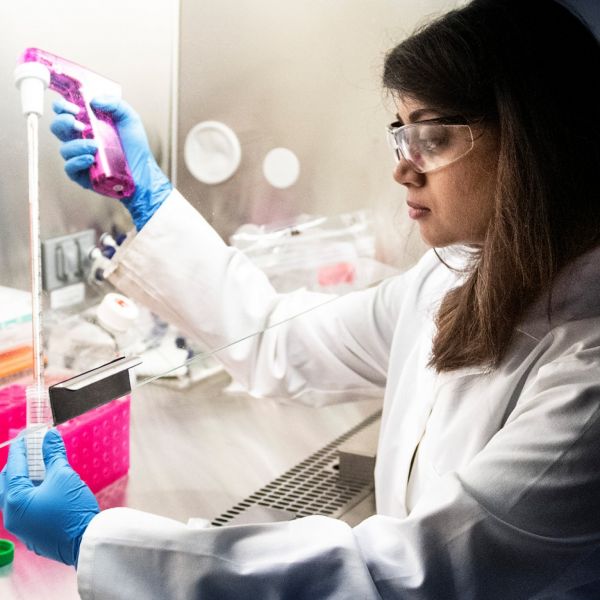
Mar 31, 2025
Biomedical engineering grad student earns American Heart Association fellowship
The American Heart Association (AHA) awarded Nivetha Gunaseelan, a doctoral candidate studying biomedical engineering in the Penn State College of Engineering, a predoctoral fellowship.
Full Article
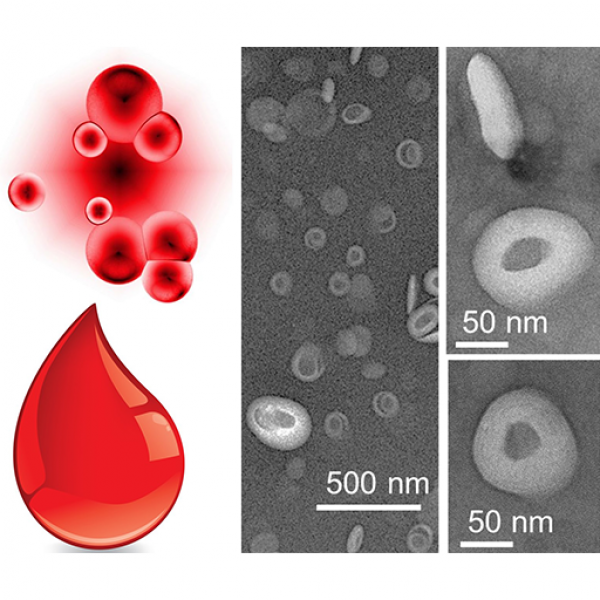
Mar 31, 2025
$2.7M NIH grant to fund next generation of synthetic blood
A multi-institutional team led by Dipanjan Pan, the Dorothy Foehr Huck & J. Lloyd Chair Professor in Nanomedicine at Penn State, recently received a four-year, $2.7 million grant from the National Institutes of Health’s National Heart, Lung, and Blood Institute to develop the next generation of synthetic blood.
Full Article
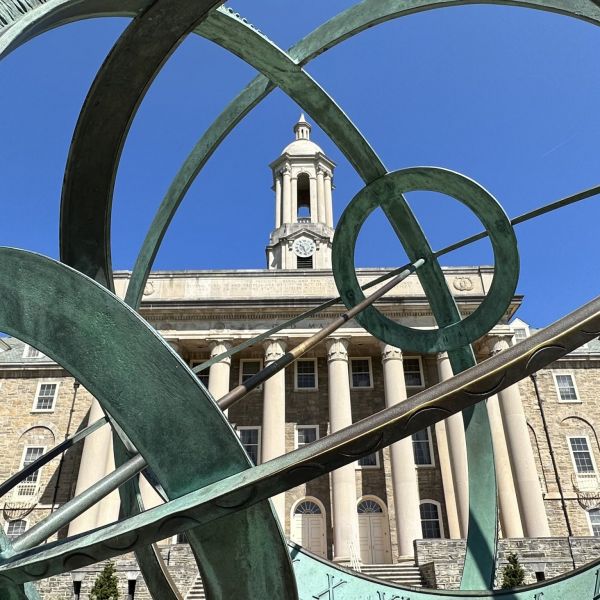
Mar 27, 2025
Four Penn State faculty elected AAAS Fellows
Four Penn State faculty members in areas ranging from agriculture to the biological sciences, geology and physics have been elected to the latest cohort of fellows of the American Association for the Advancement of Science (AAAS), the world’s largest general scientific society and publisher of the journal Science.
Full Article
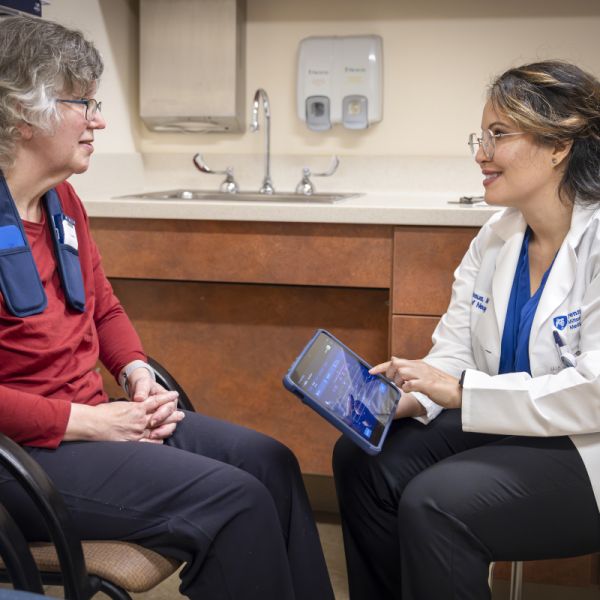
Mar 27, 2025
Hershey Medical Center first in Pennsylvania to offer new Parkinson’s treatment
Penn State Health Milton S. Hershey Medical Center has become the first hospital in Pennsylvania and one of only 23 in the nation to offer BrainSense adaptive deep brain stimulation (aDBS), an advanced treatment for Parkinson’s disease.
Full Article

Mar 25, 2025
Translator for biomedical research aims to speed up patient care
$12.8M, five-year project brings together multiple institutions to improve and expand NIH Biomedical Data Translator
Full Article
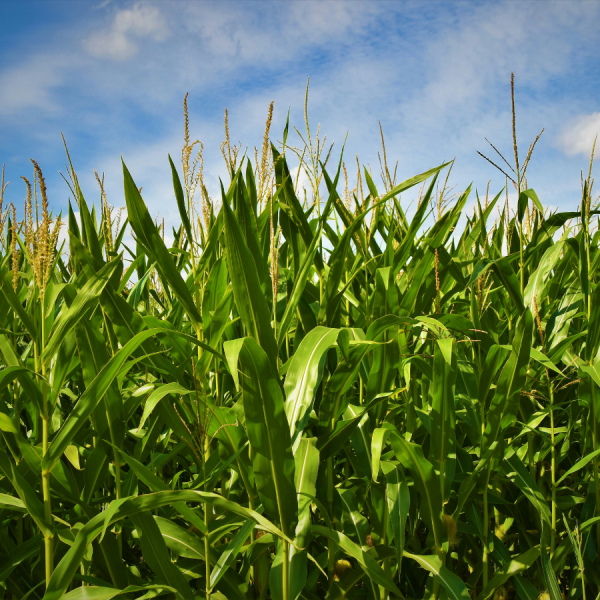
Mar 21, 2025
Insecticides may contribute to bigger problems with certain weeds
Insecticides may help growers hoping to protect their crops from harmful insects, but they also may contribute to a larger amount of some weeds, according to a study led by researchers at Penn State.
Full Article
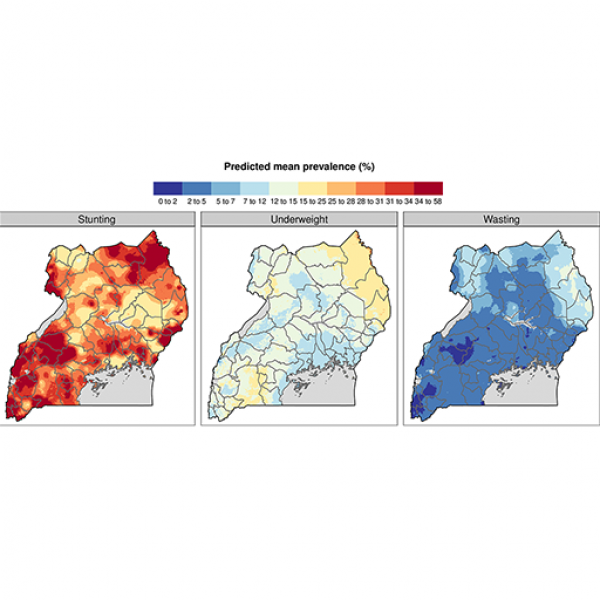
Mar 19, 2025
Rainfall and drought linked to childhood growth outcomes in Uganda
Rainfall and long-term water availability in a region before a woman becomes pregnant and during pregnancy predicted future growth outcomes of children in Uganda, according to new research led by a team from the Penn State Health Milton S. Hershey Medical Center and the Penn State College of Medicine.
Full Article
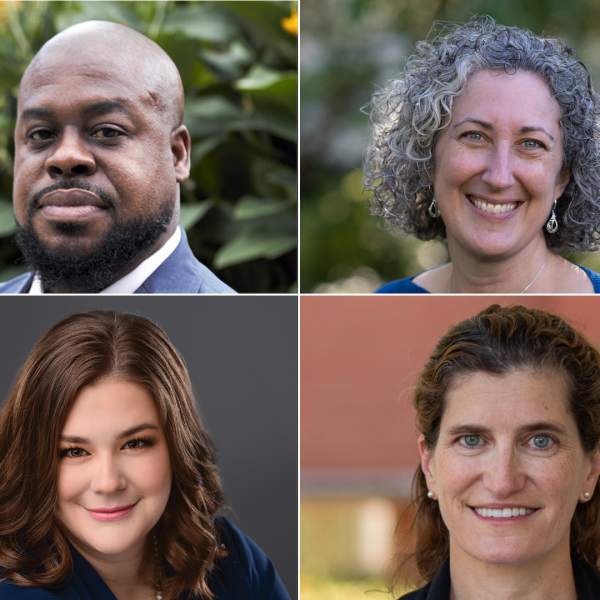
Mar 19, 2025
Three deans co-host research scholarship and land grant impacts event March 24
Three Penn State deans are co-hosting an event focusing on role of the University as Pennsylvania’s land-grant institution, the similar role of U.S. land-grant universities and the impacts of scholarly research they produce.
Full Article
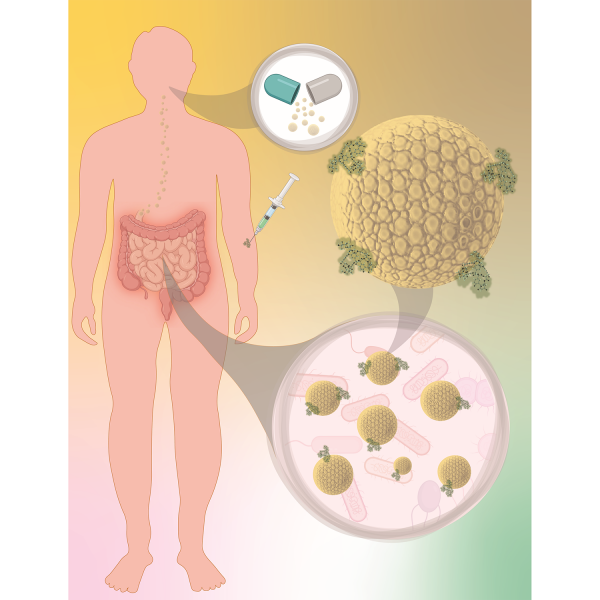
Mar 18, 2025
FDA-approved dialysis drug may help fight against antimicrobial resistance
The study, conducted in mice, revealed that sevelamer can successfully remove off-target antibiotics from the gut.
Full Article
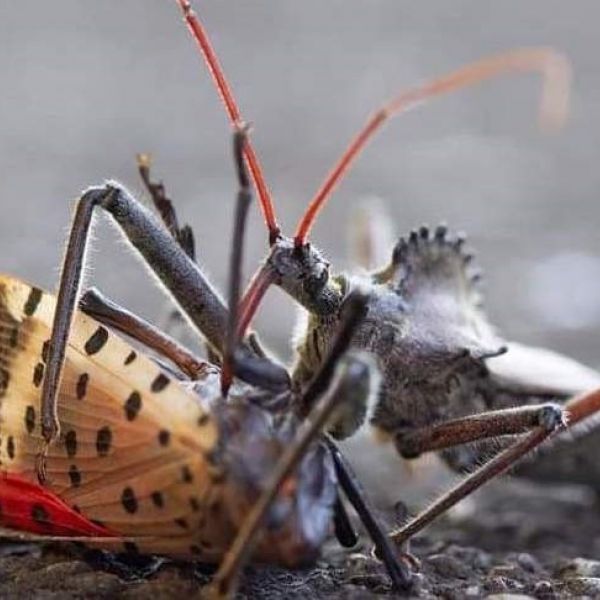
Mar 17, 2025
Natural insect predators may serve as allies in spotted lanternfly battle
Insect predators found in the United States could help keep spotted lanternfly populations in check while potentially reducing reliance on chemical control methods, according to a new study conducted by researchers at Penn State.
Full Article